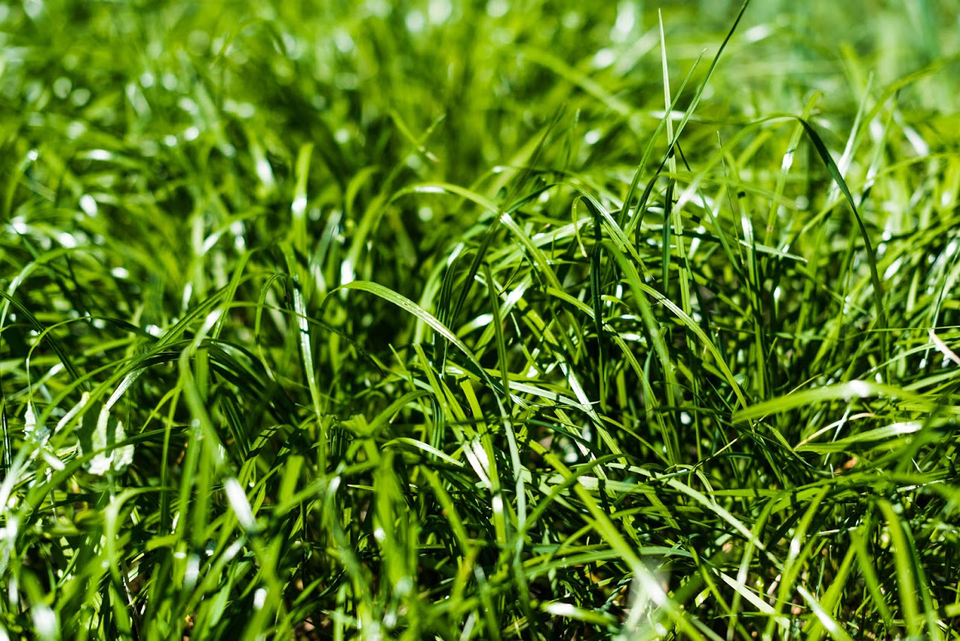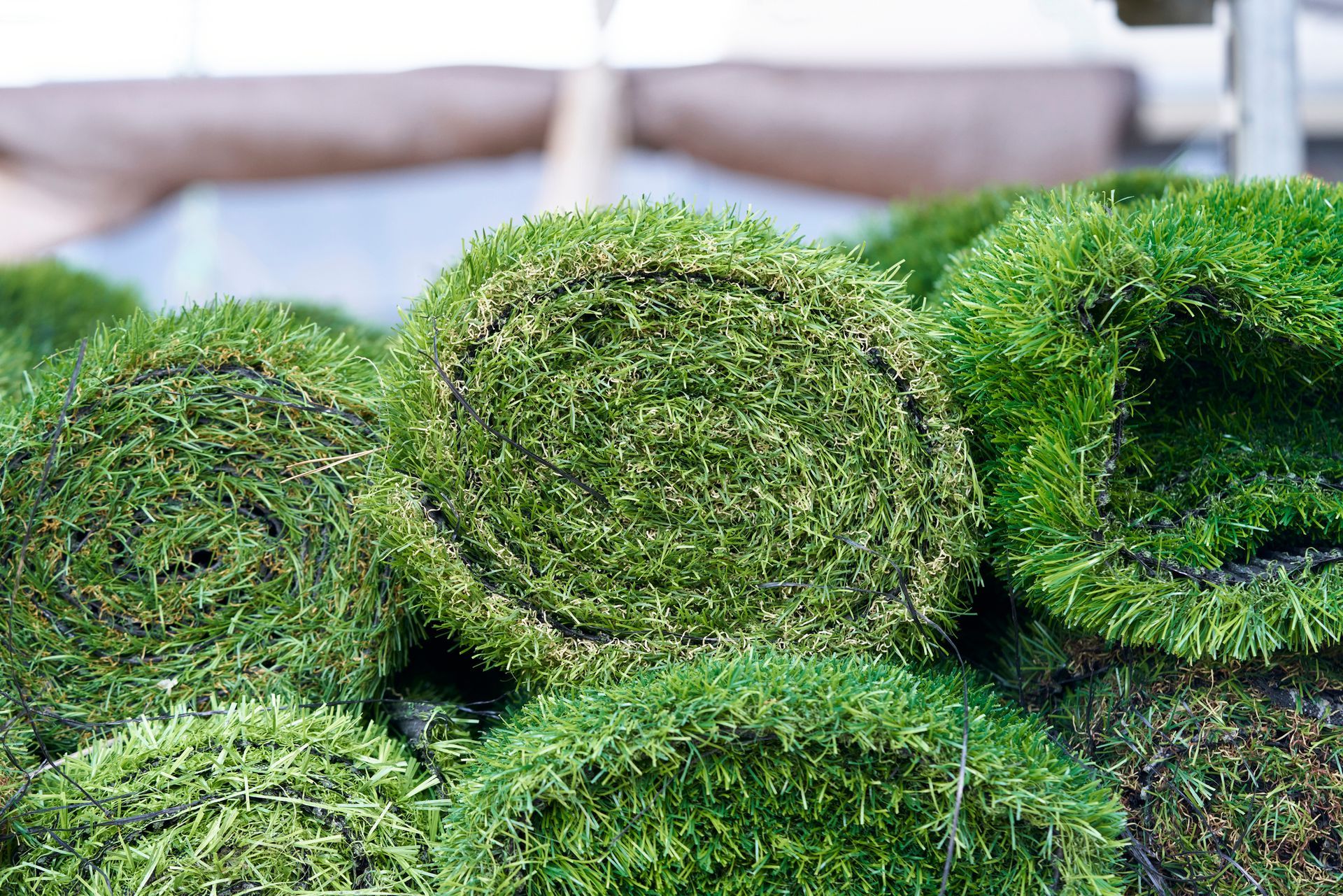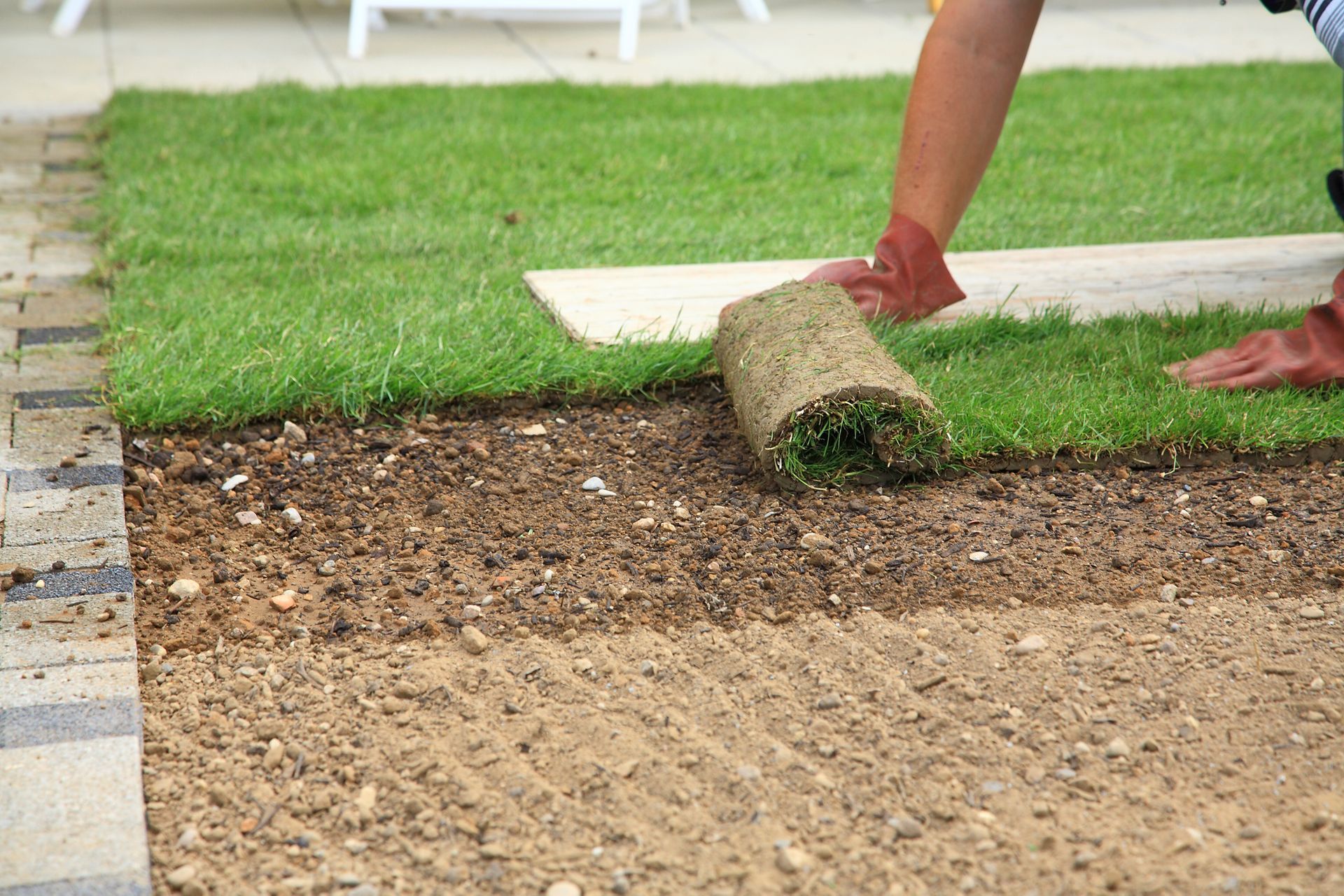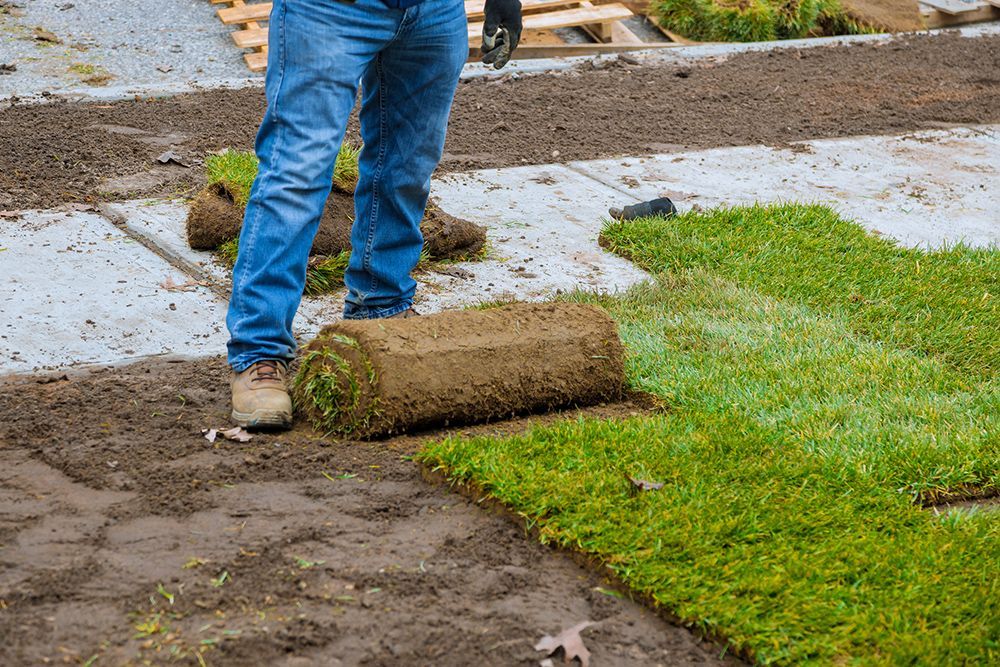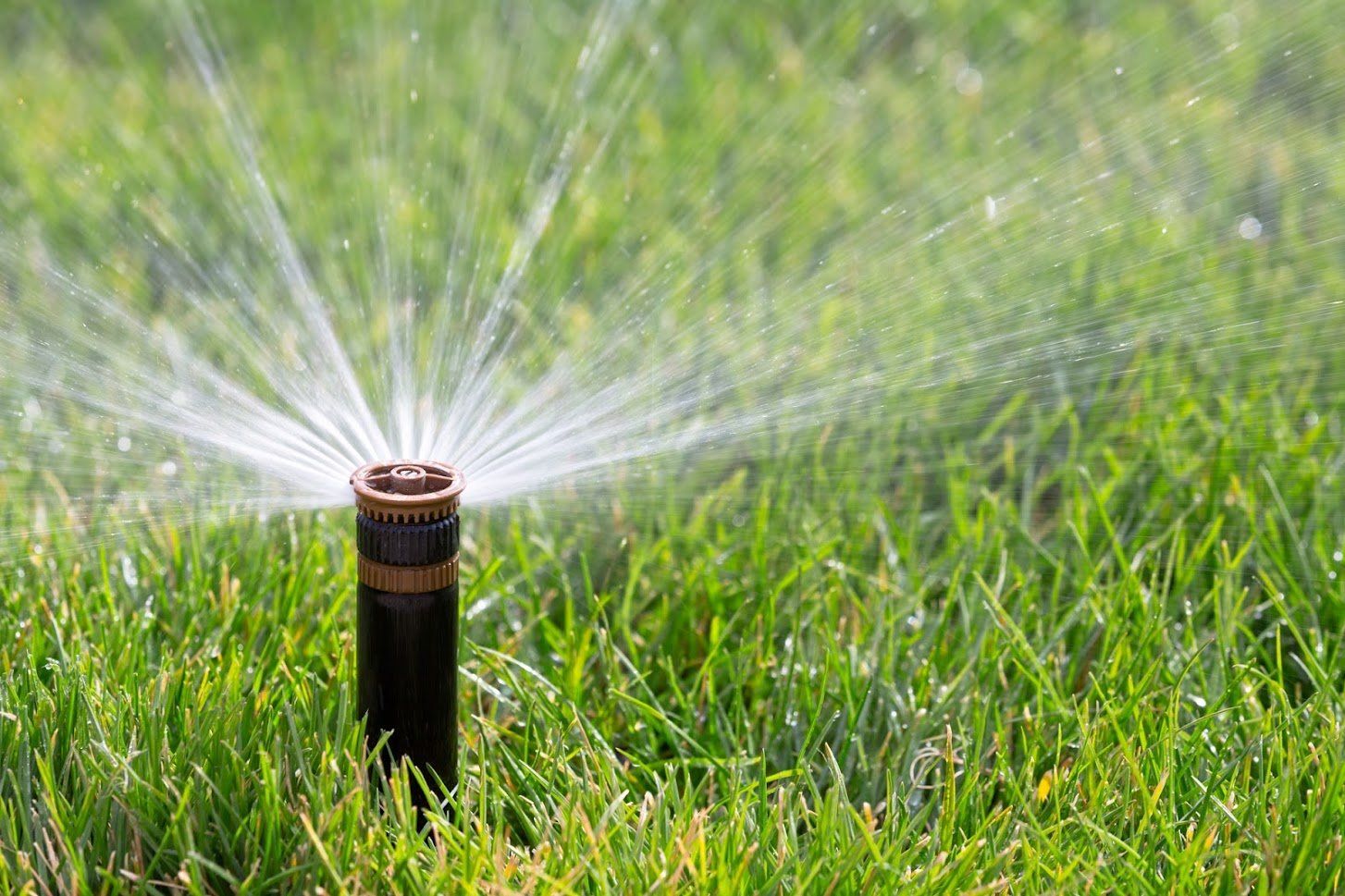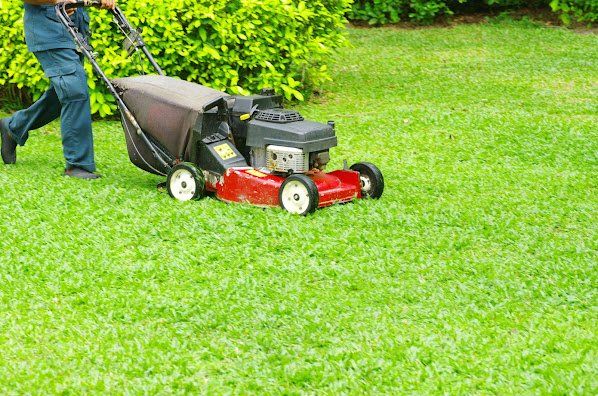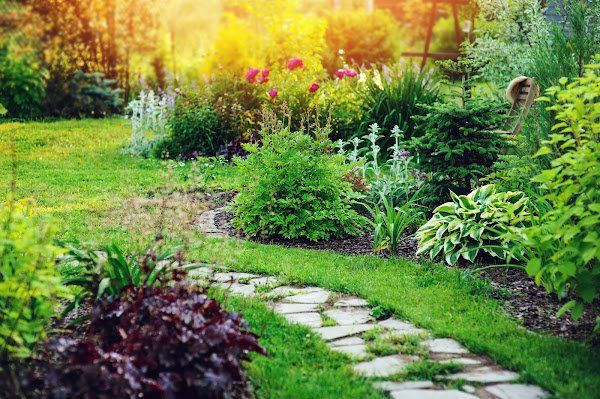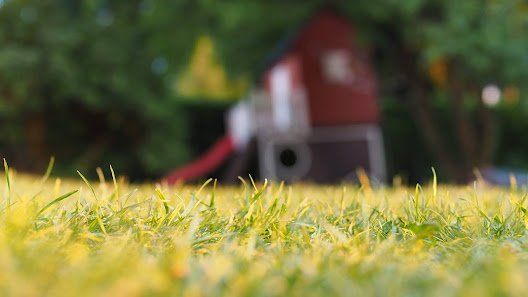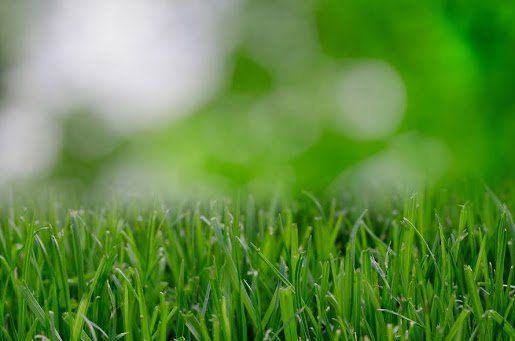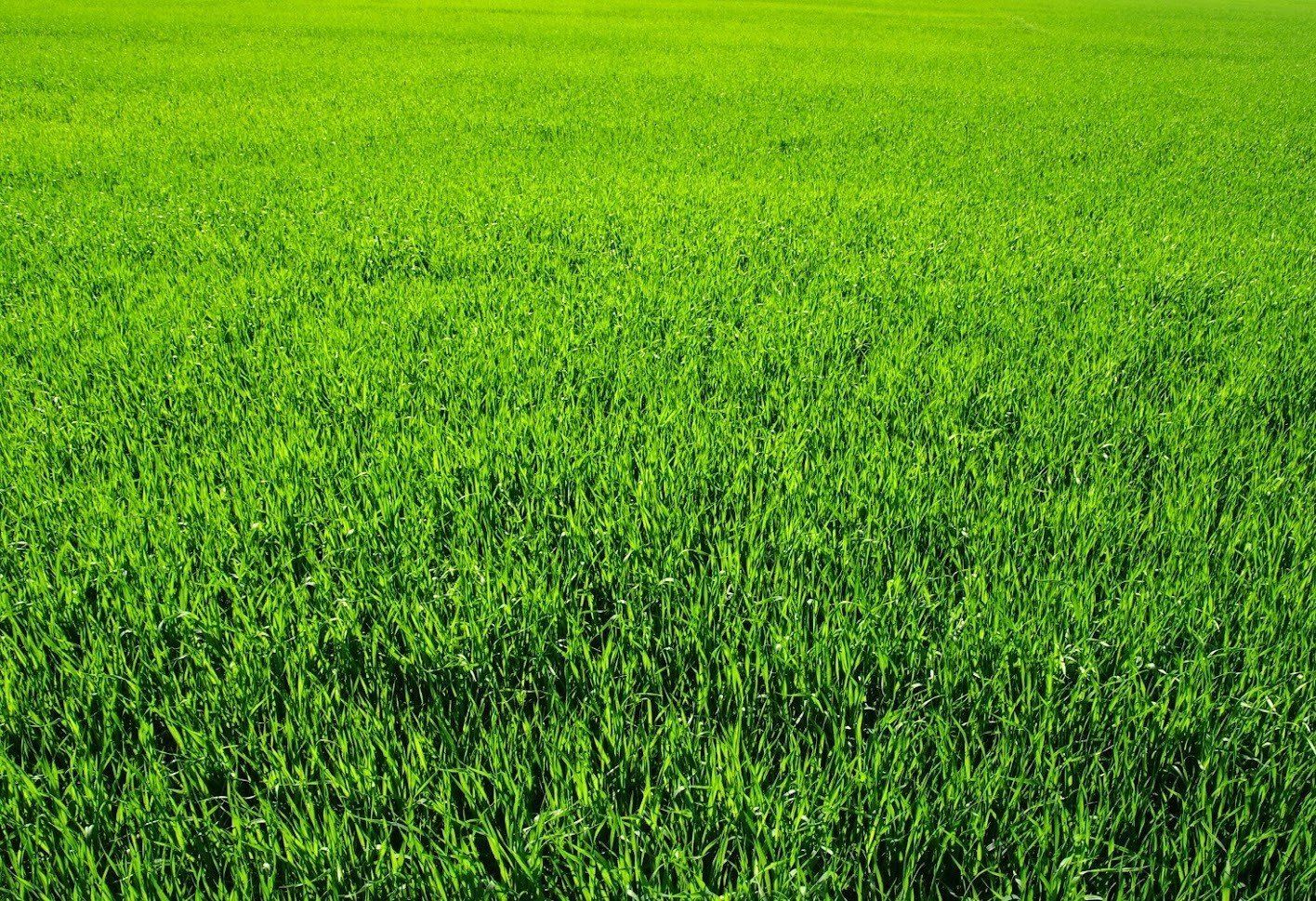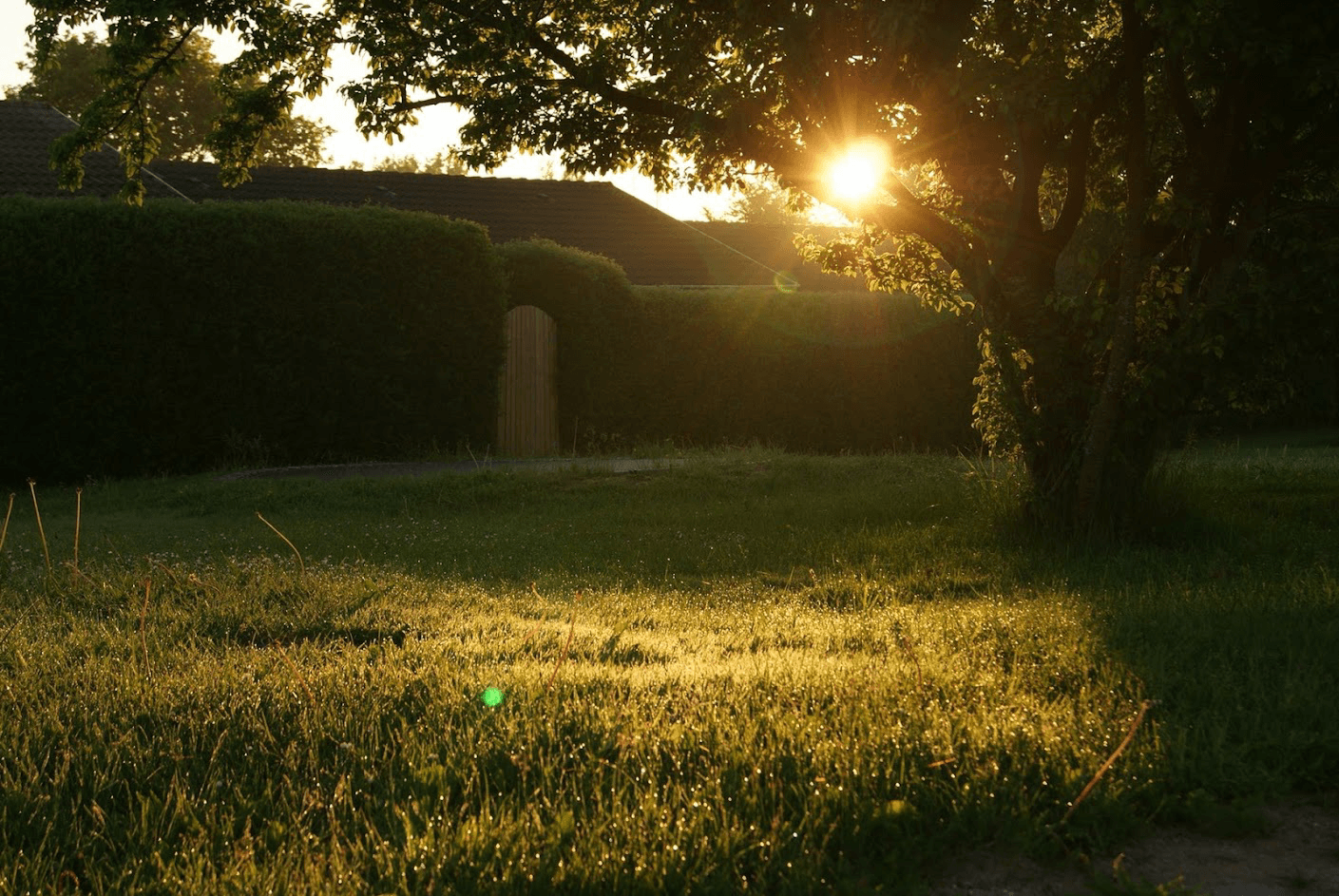How to Prepare an Existing Grass Lawn for Sod Installation
When your current lawn is patchy and struggling to grow, investing in a new layer of sod is a great way to quickly improve your outdoor space. Unfortunately, you can't simply roll sod out over an existing turf lawn and expect great results.
To get the fastest and best establishment with as little lost sod as possible, you need to remove the existing grass and weeds first. Find out why and how to proceed after lawn removal to get the best results from a new installation of sod.
Remove the Grass
If you have practically no grass growth or root development, you may be able to lay sod directly over the surface. However, even the lightest amount of existing growth is best removed entirely, along with the root systems so the new sod gets the most contact with the bare soil.
Trying to lay sod over existing grass leads to drying and dead roots as the new layer struggles to reach the soil below. Since most struggling lawns need soil improvement before you add sod, you'll end up digging up and removing most of the remaining grass anyway and might as well clear away all of it for a fresh start.
Hoes, rakes, and forked tools all make fast work of removing small patches of lawn, but you'll want to rent a powered turf removal machine for large areas. You can compost the grass if you have a pile or bag it for removal on your usual yard waste pickup day.
Improve the Soil
When you're interested in adding sod to repair damaged parts of a lawn or to fill in a spot that won't germinate from seed, you likely need some soil improvements before laying new sod. Invest in a soil test, which is often free or inexpensive from your local extension office, to determine what fertilizers and how much organic material to add.
Organic materials like aged compost, fine wood chips, leaf mold, and similar woody additives all improve the texture of the soil. Mix those additions down to a depth of at least 6 inches and preferably closer to 10 inches. Even if you plan to add a few inches of pure screened topsoil to help the sod root and grow, you need healthy soil down to nearly a foot for a healthy lawn in the long run.
Level the Surface
Sod is particularly sensitive to any dips, hills, bumps, and other unevenness of your terrain. These features interfere with the sod's exposure to the soil, leading to drying or visible edges between pieces. After improving the soil and digging out any persistent root weeds or grass clods, you should level the lawn area as much as possible.
A little extra grading during the soil preparation process also prevents ponding that can drown your sod in low-lying areas. Add a few extra inches of topsoil and wood chips to raise up dips and bottom areas, in addition to cutting ditches to drain water that might gather or stand.
Treat for Weeds
Weeds can penetrate through new layers of sod and quickly ruin the look and growth of your brand-new lawn. Turning up the soil and adding in new materials often results in flushes of weed growth as buried seeds are exposed to the surface again. Spray a pre-emergent herbicide rated as safe for sod use on the bare soil to prevent weeds from getting a head start.
Get more help with picking the right sod for your lawn and deciding whether or not to remove your existing lawn when you call our team here at Novasack Turf Farms .

